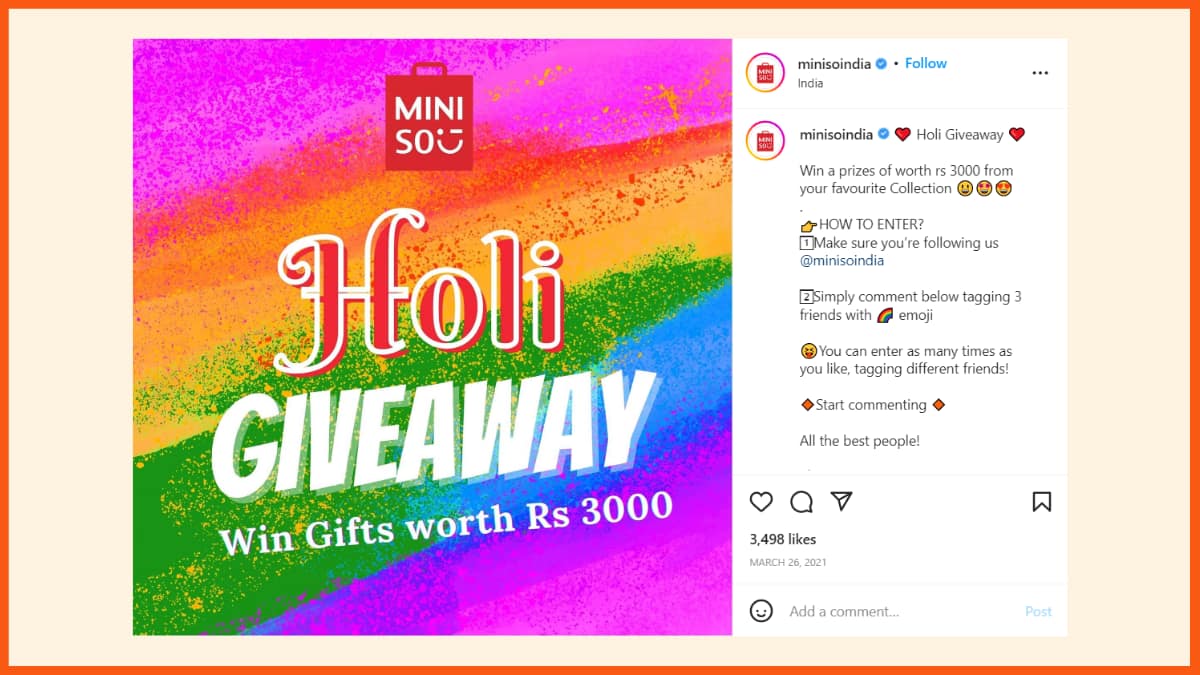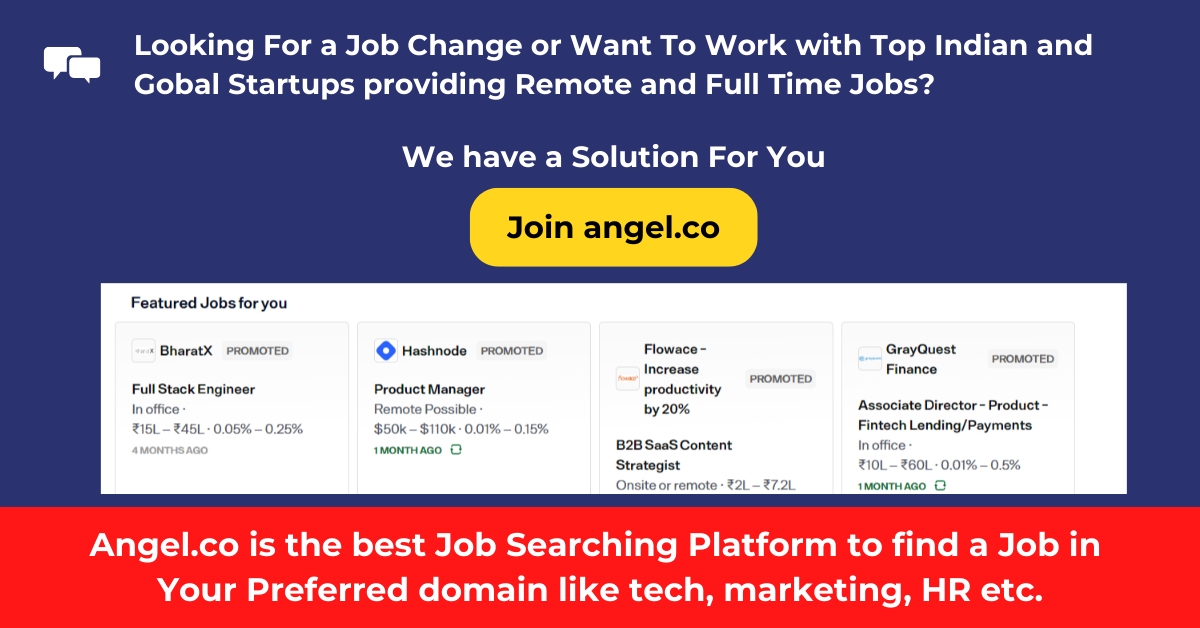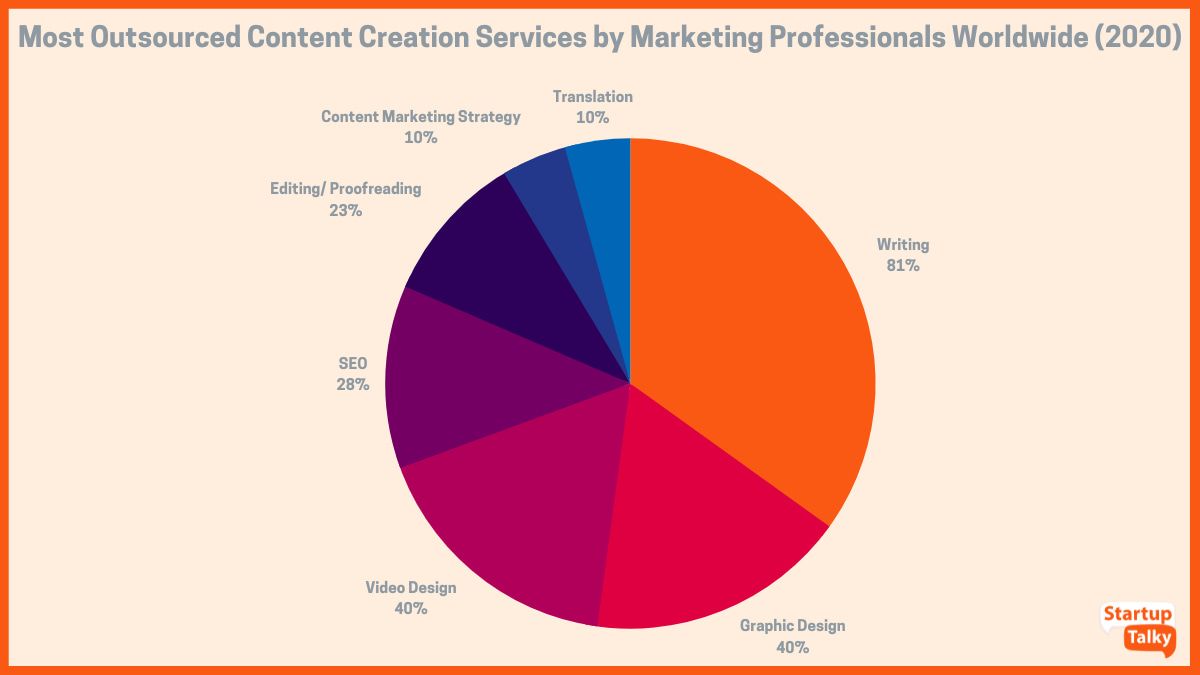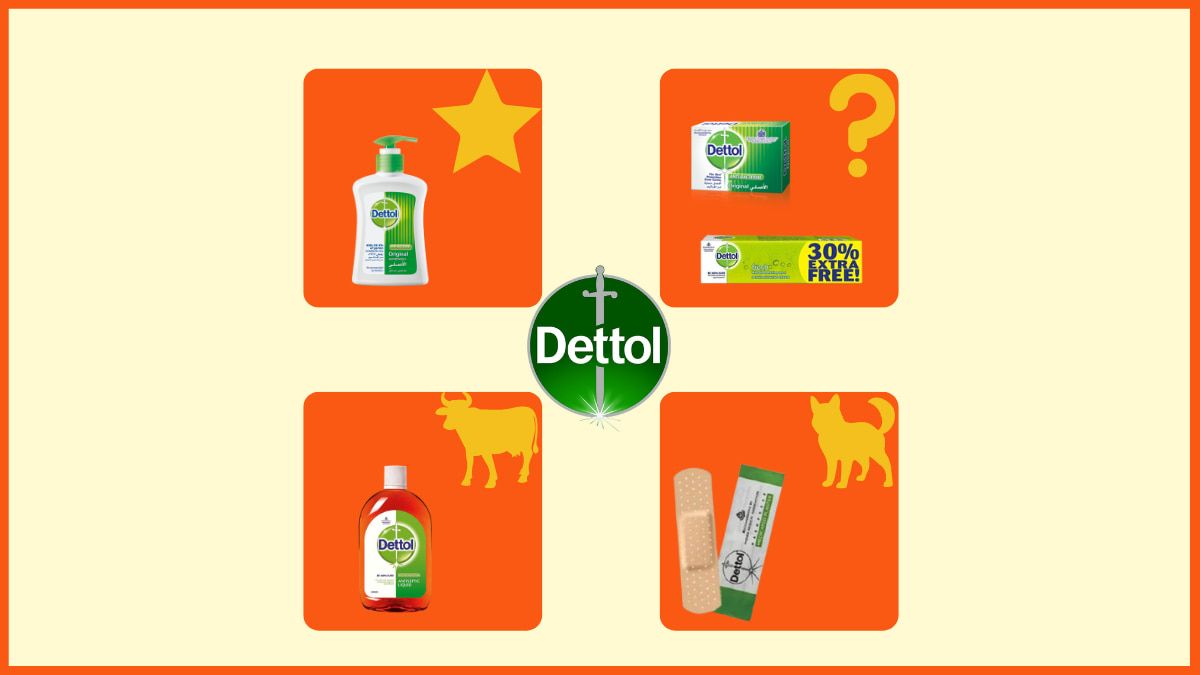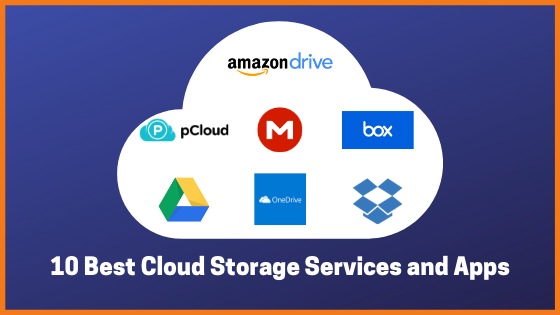Company Profile is an initiative by StartupTalky to publish verified information on different startups and organizations. The content in this post has been approved by Mindtree.
The idea of using a computer started somewhere before the 1950s. Yes, the notion of using computer circuits and numerical calculations began some 80 years ago. All these years, the technological advancements in computing and communications indicate the progress of information technology will continue evolving.
The innovations of this extent have revolutionised society, with millions of people depending on information technology for every other thing. Thanks to the IT department who make our lives easier with their services and keeping a track of a vast array of data in a secure way possible.
You will find IT is present in almost every type of enterprise, whether it is the smallest of business, schools, and various other industries and organisations that need the help of IT for the creation, storage, exchanging, and utilising data, conversation, and forms of communication.
Mindtree is India’s leading multinational information technology services and consulting company. The company is a part of the Larsen & Toubro Group, which was founded in 1999. Mindtree engages in the services of e-commerce, mobile application, cloud computing, data analytics, digital transformation, testing, etc. As of March 2019, the company works for 309 clients from 18 countries.
Learn about Mindtree’s startup story and growth, founders and team, mission and vision, business and revenue model, competitors, and many more stuff about the company in this article.
Mindtree – Company Highlights
| Startup Name | StayHappi |
|---|---|
| Headquarters | Bangalore, India |
| Sector | Public |
| Industry | IT and Consulting |
| Founder | Subroto Bagchi, Krishnakumar Natarajan, Rostow Ravanan, N.S. Parthasarathy, Ashok Soota, Scott Staples, Anjan Lahiri, Kalyankumar Banerjee, Janakiraman, and Kamran Ozair. |
| Founded | 18 August 1999 |
| Revenue | $1.3 billion (2022) |
| Parent Organisation | Larsen & Toubro |
| Website | www.mindtree.com |
About Mindtree
Mindtree – Industry
Mindtree – Founders
Mindtree – Mission and Vision
Mindtree – Name, Tagline, and Logo
Mindtree – Business Model
Mindtree Key Services
Mindtree – Revenue
Mindtree – Challenges Faced
Mindtree – Mergers and Acquisition
Mindtree – Awards and Achievements
Mindtree – Competitors
Mindtree – Future Plans
About Mindtree
A part of the Larsen & Toubro Group, Mindtree was founded in 1999 with its headquarters in Bangalore, Karnataka, India. The group took over Mindtree in 2019 with a 61.08% stake in the company.
There’s no person who is not familiar with Mindtree, after all, it is India’s one of the leading multinational IT and consulting companies. The company has offices not only in India but in other locations outside the country too. It is present in both South and North America, Europe, Asia Pacific, the Middle East, and Africa.
Mindtree deals with services related to the IT and consulting lines. From conception to completion, the company provides services for digital transformation and technology.
Under its vision ‘Born Digital‘ the company aspires to offer customized solutions that are rightly developed using an agile and collective methodology throughout the whole digital value chain.
If any person is looking to run an efficient business, then Mindtree offers the best solutions to grow their revenue with its deep expertise in infrastructure and applications management.
Application Development and Maintenance, Data Analytics, Digital Services, Business Process Management, Engineering R&D, Enterprise Application Services, Testing, and Infrastructure Management Services are all areas in which Mindtree operates.
Other than these services, the company is also engaged in Research and Development Services. The range of research and development services are Bluetooth Solutions, Digital Video Surveillance, the MindTest integrated testing methodology, the MWatch platform for managing IT infrastructure, the Atlas application management service, SAP Insurance, and OmniChannel.
There are hundreds of people working for Mindtree who are contracted to provide support for Microsoft Azure (a cloud computing service by Microsoft).
In 2006, Mindtree became a public company and got listed on the Bombay Stock Exchange and National Stock Exchange.
Mindtree has also left its foot in developing a sustainable approach toward society and people. The company strongly adheres to cater sustainability in the way they do their business. The pillars of the Mindtree sustainability framework are three things: Ecological Sustainability, Governance Advocacy, and Workplace Sustainability.
Mindtree – Industry
There is absolutely no denying that the Information Technology industry is rapidly growing. This industry is constantly changing and improving businesses, which need support to have the best possible output to reach their goals.
As per sources, the IT industry is expected to reach Rs 14 billion by 2025. In 2019, the value of the Indian IT industry reached nearly Rs 8 billion. Furthermore, experts believe that a CAGR of over 10% will be made between 2020 and 2025.
Mindtree – Founders
Mindtree was founded by a bunch of Indian entrepreneurs, Subroto Bagchi, Krishnakumar Natarajan, Rostow Ravanan, N.S. Parthasarathy, Ashok Soota, Scott Staples, Anjan Lahiri, Kalyankumar Banerjee, Janakiraman, and Kamran Ozair in 1999.
Subroto Bagchi

Born in Patnagarh, Odisha, Subroto Bagchi is one of the founders of Mindtree. Subroto is a graduate of Utkal University in Political Science. He started his career as a clerk in the Industries Department of the Government of Odisha.
Soon after working there for one year, Subroto worked as a management trainee in DCM for five years. After gaining a lot of exposure in the computer industry, Subroto ended up as the Chief Executive of Wipro’s Global R&D.
Subroto Bagchi loves to write books and has many published books that tell a lot about his life story making him one of the best-selling business authors. The book called ‘Go Kiss the World: Life Lessons For The Young Professional’ is one of his autobiographies. To name a few, ‘MBA at 16’, ‘High-Performance Entrepreneur’, ‘On Leadership and Innovation’, and ‘Sell’ are some of his best-selling books.
Subroto Bagchi is married to Susmita Bagchi, who is an Odia author.
Krishnakumar Natarajan

Krishnakumar Natarajan is one of the co-founders of Mindtree. He is an alumnus of XLRI, Jamshedpur, and a Mechanical Engineer graduate from the College of Engineering, Chennai. From 1982 through 1999, Krishnakumar worked at Wipro where he began his career and held several important positions. He was among the top 50 highest-rated CEOs by Glassdoor in 2013. After 23 years at Mindtree, Krishnakumar Natarajan is now the Managing Partner at Mela Ventures.
Rostow Ravanan

Before co-founding Mindtree, Rostow Ravanan held the position of Business Value Manager at Lucent Technologies, where he was in charge of long-term strategic planning at the Bell Laboratories product realisation centre in India. An alumnus of Harvard Business School, Rostow began his career at KPMG Corporate Finance and focused on mergers and acquisitions and strategy consulting for a range of businesses. Additionally, Rostow Ravanan oversaw Mindtree’s successful IPO in 2007 while serving as the CFO for more than ten years.
Currently, Rostow Ravanan is the Chairman and CEO of Alfahive Inc. He also happens to serve as a senior advisor on Asia TMT opportunities and is a member of Chartered Accountants of India and the Insititute of Company Secretaries of India.
N.S. Parthasarathy

N.S Parthasarathy is also among the founders of Mindtree. He began his career in Wipro’s R&D department, where he worked in a variety of technical capacities. He graduated with a master’s degree in Mathematics in 1983 from BITS Pilani. In 1984, he graduated with an MTech in computer science from India’s IIT Kharagpur.
For 20 years, he served as co-founder, president, chief operating officer, and board member of Mindtree Limited. N S Parthasarathy has received the Distinguished Alumnus Award by his alma mater, BITS Pilani in the Category of Entrepreneurship for his extraordinary contributions to society. Presently, he is the Managing Partner at Mela Ventures.
Ashok Soota

Ashok Soota is the co-founder of Mindtree. At 79 years, Ashok is planning to push his newest venture Happiest Health to the initial IPO list. One of the early figures in the Indian IT sector, Ashok Soota, is very well-known. He has an MBA from the Asian Institute of Management in the Philippines and a bachelor’s degree in electrical engineering from the University of Roorkee (now IIT, Roorkee).
Scott Staples
Scott Staples has over 30 years of experience in the IT service sector. He held the positions of president of the Americas and director of vertical markets at Mindtree. He has even accumulated a reputation as a “growth entrepreneur” and was honoured as the Ernst & Young Entrepreneur of the Year (2015) in Technology Services.
Scott graduated from the University of Delaware with a Bachelor of Arts in English and from Fairleigh Dickinson University in Madison, New Jersey with a Master of Business Administration.
Anjan Lahiri

An alumnus of BITs, Mersa, Anjan Lahiri is among the founders of Mindtree. He has worked as a Global Information Services Executive in the US, London, and Bangalore. Assuming global responsibility for Mindtree IT Services segment as president from 2008 to 2013, he established the company throughout Europe, the US East Coast, Silicon Valley, and other locations. The Young Presidents Organization, a global peer network of CEOs and business leaders, counts Anjan Lahiri as a member. Since 2020, Anjan Lahiri is serving as the CEO of Navikenz.
Kalyankumar Banerjee
Kalyankumar Banerjee founded Mindtree in 1999. He holds a Mtech degree from the Indian Institute of Technology, Kanpur. Kalyan served as the Senior Vice President at Mindtree for almost 13 years before he co-founded Klorofeel Foundation in 2016. Presently, he looks after the Klorofeel school in Brahmapur, Odisha.
S Janakiraman

S Janakiraman is the co-founder of Mindtree and an alumnus from NIT, Trichy. He quit the company after serving as the CTO for 15 years. Janakiraman spent nearly two decades working for Wipro before founding the new business and is credited with developing the product engineering services division at Mindtree.
Kamran Ozair
Kamran Ozair served as the Executive Vice President and ex-co-founder of Mindtree. His role was to look after the development of technical expertise, technological direction, the formation of important collaborations, and the budgeting for Mindtree’s Technology Practices for IT Services. Ozair has a Bachelor of Arts degree in computer science and engineering from Dartmouth College in Hanover, New Hampshire, and a Master’s degree in computer science from the University of Wisconsin in Madison on artificial intelligence.
Mindtree – Mission and Vision
Mindtree follows three values in which they carry out their services.
The three values are:
- Having a collaborative Spirit – the company encourages a collaborative atmosphere where all viewpoints are valued and open discussion is expected.
- Expert Thinking – The company aims to draw on expertise that has been demonstrated to their clients by providing recommendations and offering knowledgeable counsel.
- Unrelenting Dedication – The company aims to solve clients’ problems through hard work and determination.
The mission of Mindtree says, “We engineer meaningful technology solutions to help businesses and societies flourish”.
Mindtree – Name, Tagline, and Logo

Mindtree goes by the tagline, “Welcome to Possible”, which rightly defines the company’s powerful expression of delivering technology.
The logo of Mindtree is like a multi-stranded, centre hub like a mind that is meant to symbolise the fusion of technology and thought.
Mindtree – Business Model
Mindtree is a part of the Larsen and Toubro group, which was founded 22 years ago. The business model of the company is mostly based on B2B (Business to Business).
The focus of Mindtree’s operations is on clients from industries like banking, capital markets, consumer electronics, packaged goods, independent software vendors, manufacturing, insurance, media & entertainment, retail, semiconductors, travel & hospitality, and the real estate sector.
Mindtree operates its business by providing several services to these aforementioned clients.
Mindtree Key Services
Blockchain
The company has strong expertise in the field of blockchain. The company has developed integrated blockchain-based products by utilising its connections with top suppliers and the convergence of technologies like AI/ML, IoT, RPA, and AR/VR into current corporate systems.
Some of its blockchain services are:
- Requirement analysis
- Selection and Design
- Transformation and Integration
- Implementation Roadmap
Digital Marketing and E-commerce
The company’s digital marketing and e-commerce services offer personalised content and frictionless commerce creating and realising outcome-driven experiences for its clients.
The company provides consumer-centric commerce solutions like:
- Marketing and commerce platforms
- Direct-to-consumer commerce
- Mobile app development services
- Emerging channels
- Digital asset management
- Intelligent marketing, commerce, and IT operations
- Measurement
Mindtree has alliances with companies like Big Commerce, SAP Partner, Salesforce, Sitecore, etc.
Design and Innovation
To link consumer behavior to business results, Mindtree’s design and innovation services combine applied design thinking skills with distinctive creative qualities. They offer their clients top-notch revolutionary solutions because of its high-impact team of strategists, researchers, and designers, and reinforced by best-in-class experience techs.
Mindtree’s experience design and innovation services are:
- Experience Strategies
- Design Systems and standards
- Studio and Production
Product Engineering
Product engineering from Mindtree aims at the delivery and consumption of technology products and services that have undergone several changes as a result of rapidly shifting consumption habits and increasing client expectations.
Below are some of Mindtree’s product engineering service offerings:
- Platform and Device Engineering
- Product support and operations
- R&D lab operations
- Product Quality Engineering
Data and Intelligence
The company is also involved in providing analytics solutions through artificial intelligence to convert most of the data into actionable insights. Its data and intelligence services are:
DataOps and Management
Mindtree has services in the Dataops and management, that is by offering AI-infused, platform-led data supply chain management, including data structure management and cataloguing.
Data Modernisation
Under this service, Mindtree restructures clients’ data ecosystem into a single platform to create a cutting-edge data supply chain.
Data insights and action
These services are provided to analyse insights from clients’ data to help them augment business decisions.
Cloud Services
Going with their strategy of “Why cloud” rather than “What Cloud can deliver”, Mindtree offers cloud services that are designed in a way to enable end-to-end automation for data migration.
Mindtree cloud services are as follows:
- Cloud consulting
- Cloud Build
- Cloud Operations
- Cloud Data
- Cloud Security
Mindtree – Revenue
Mindtree generates its revenue by providing the above-mentioned services.
As of 2022, the revenue of the company was reported to be Rs10,520 crores ($1.3 billion). As per sources, Mindtree’s revenue has gone up to 31% in the fiscal year 2022.
Mindtree – Challenges Faced
In 2019, Mindtree went through a major challenge as it was going to be taken over by the L&T group. The decision was not supported by Mindtree as it was a hostile bid. Mindtree used to compete with the L&T group, which is why it didn’t want its stake to go to its rival company.
But sadly, the group took over Mindtree in June 2019, which is what is called the biggest and first ever hostile takeover in the IT industry.
Mindtree – Mergers and Acquisition
Mindtree has made a total of eleven acquisitions as of today. Here’s the list of acquisitions by Mindtree:
| Acquiree name | Year | Amount |
|---|---|---|
| Magnet 360 | 2016 | $50 million |
| Relational Solutions Inc | 2015 | $10 million |
| Bluefin Solutions Limited | 2015 | £42.3 million |
| Discoverture Solutions LLC | 2015 | $15 million |
| 7Strata | 2010 | $7.2 million |
| Kyocera Wireless India Pvt Ltd | 2009 | $6 million |
| Aztecsoft | 2008 | $40 million |
| TES-Purple Vision | 2007 | $6.55 million |
| CoSystems | 2005 | – |
| Linc Software Services Pvt Ltd | 2005 | $7 million |
| ASAP Solutions | 2004 | – |
Mindtree – Awards and Achievements
Take a look at the number of awards won by Mindtree in the last few years:
2022
- Mindtree is “Great Place to Work-Certified™ in India for the second consecutive year
- Ranked Among Asia-Pacific’s Top Ten Companies
- Golden Peacock Award for Risk Management 2021
- Recognised as Global Emerging Service Provider Partner of the Year
- ‘Silver Shield’ for Excellence in Integrated Reporting from ICAI for 2020-21
- Platinum Award at the League of American Communications Professionals’ Annual Report Competition for 2020-21
- Mindtree was listed in the FTSE4GOOD Index Series
2021
- ‘Special Recognition’ at the SHRM HR Awards 2021 for Excellence in Talent Acquisition
- Winner of Best in Biz Award 2021 in North America
- Ranked among the top 5 IT services companies and among the top 10 NSE 500 companies across industry sectors in India for its overall ESG performance.
- Recognised as among the UK’s top companies in customer satisfaction according to the 2021
- Was named as the Leader in ISG Provider Lens™ Quadrant Report on Salesforce Ecosystem Partners 2021 (US)
2020
- “Best Employer for Women” by The Associated Chambers of Commerce and Industry of India (ASSOCHAM)
- Ranked amongst Global Leadership League in Carbon Disclosure Project (CDP) 2020 Climate Change world ranking
- Ranked as the Leader in ISG Public Cloud Solutions and Service Partners Archetype Report 2020
Mindtree – Competitors
Mindtree competes with the following companies:
- TCS
- Infosys
- HCL Tech
- Wipro
- Tech Mahindra
- MphasiS
- Oracle Fin Services Software Ltd.
- Persistent
- COFORGE LTD.
Mindtree – Future Plans
Mindtree currently has its operations in cloud computing, data and intelligence, and digital marketing and e-commerce across the globe which helps the company generate its maximum revenue.
Mindtree says about its future, “We continue to see very strong traction across all our verticals – Banking, Financial Services, and Insurance, Technology, Media and Services, Travel and Hospitality, Retail, CPG and Manufacturing. Some of the engagements we have been executing for our clients are path-breaking for their respective industries. We also have a strong recognition in the marketplace owing to our partnerships with Cloudera, AWS and Azure, content management with Adobe, etc.”
FAQs
Who is the founder of Mindtree?
Subroto Bagchi, Ashok Soota, Krishnakumar Natarajan, Anjan Lahiri are the founders of Mindtree.
Who is the CEO of Mindtree?
Debashis Chatterjee is the CEO of Mindtree.
What is the revenue of Mindtree?
The revenue of Mindtree is US$1.4 billion as of 2022.













